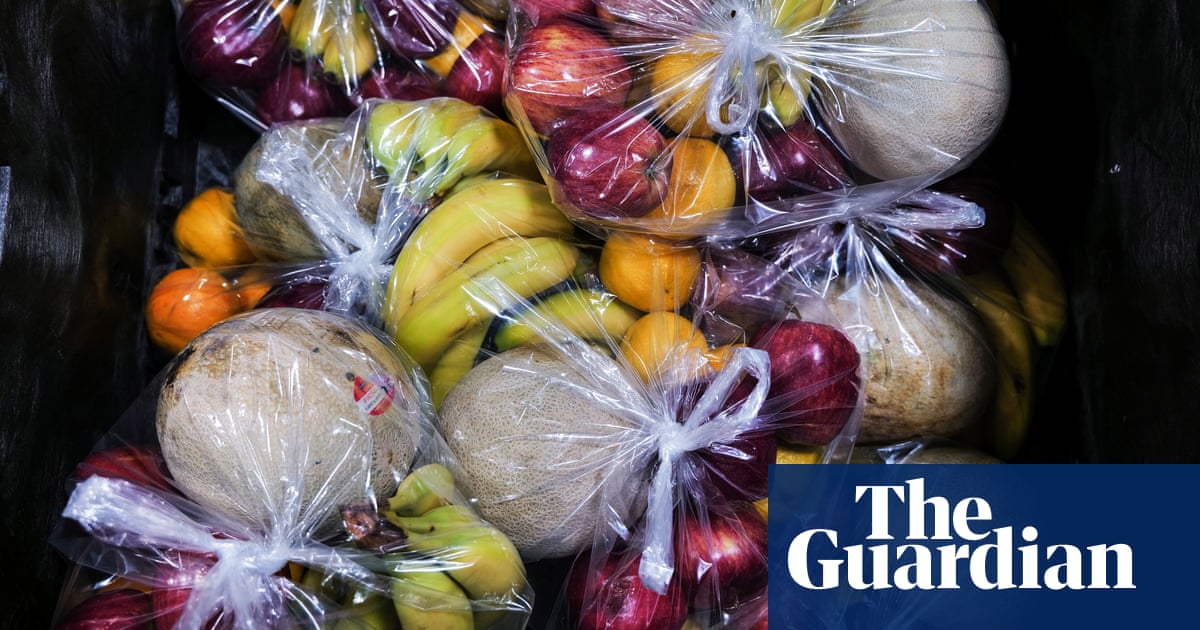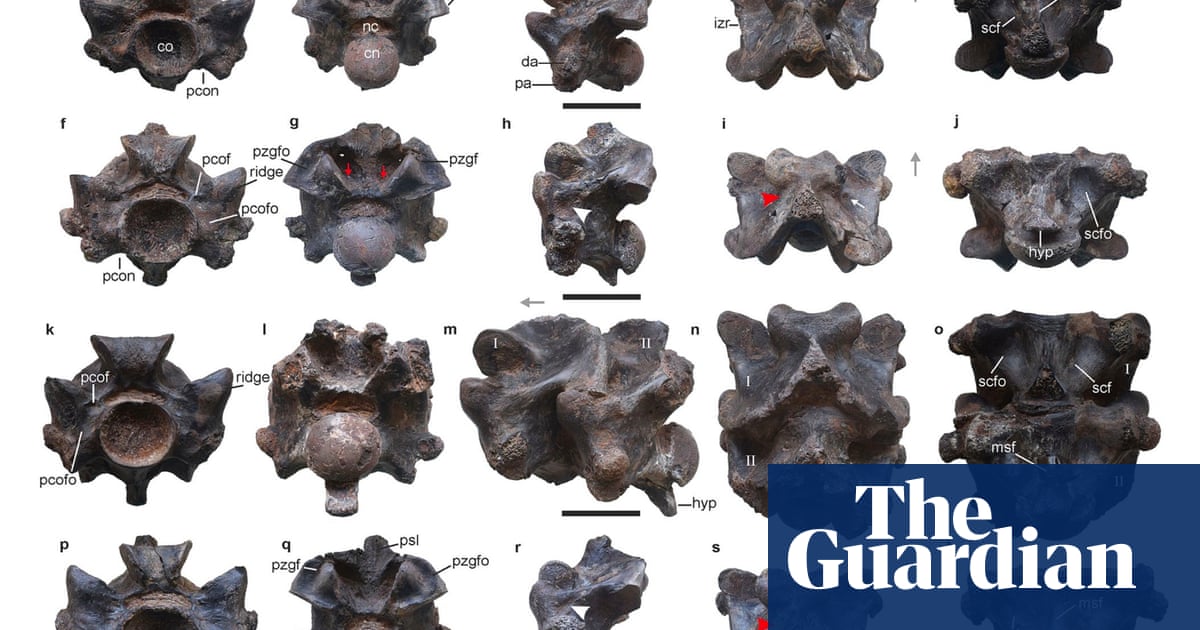From Traditional Practices to Modern Innovations: The Evolution of sustainable living in Japan
Japan has long been known for its deep connection to nature and traditional practices that promote sustainability. From ancient rituals to modern innovations, the country has embraced a holistic approach to living in harmony with the environment.
One key figure in the promotion of sustainable living in Japan is Fumihiko Maki, an acclaimed architect and urban planner. Maki once said, “Sustainable living is not just a trend, but a necessity for the future of our planet.” His words ring true as Japan continues to lead the way in eco-friendly practices and green technologies.
One of the traditional practices that has shaped Japan’s approach to sustainability is the concept of mottainai, which roughly translates to “what a waste.” This philosophy encourages people to use resources wisely and avoid unnecessary waste. As environmental activist and author, Karen Iwasa, explains, “Mottainai teaches us to appreciate the value of our resources and to think twice before discarding something.”
In recent years, Japan has also embraced modern innovations to further promote sustainable living. The country has invested heavily in renewable energy sources such as solar and wind power, leading to a significant reduction in carbon emissions. According to environmental scientist Hiroshi Fujimura, “Japan’s shift towards renewable energy is a crucial step towards a more sustainable future.”
Another example of Japan’s commitment to sustainability can be seen in its eco-friendly architecture. Green buildings, such as the famous Kyoto Station designed by architect Hiroshi Hara, incorporate energy-efficient features and sustainable materials. These buildings not only reduce environmental impact but also inspire others to follow suit.
As we look towards the future, it is clear that Japan’s evolution from traditional practices to modern innovations will continue to shape the country’s approach to sustainable living. By learning from the past and embracing new technologies, Japan serves as a model for how we can all live more harmoniously with the planet.
To learn more about sustainable living practices in Japan and around the world, visit Planetary Citizens. Sustainable living is not just a choice, but a responsibility we all share. Let’s follow Japan’s lead and work towards a greener, more sustainable future for all.


